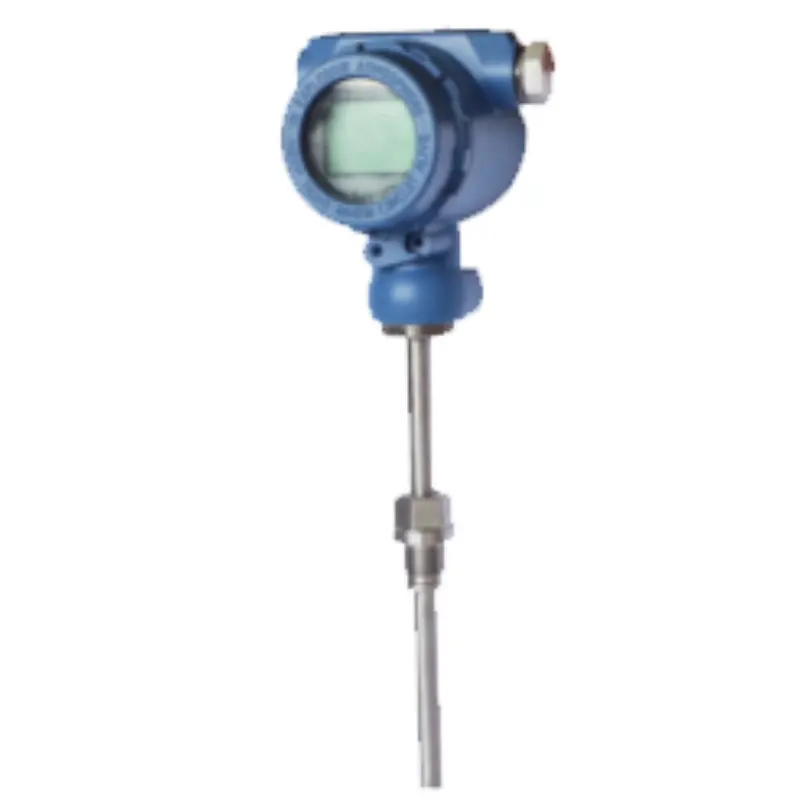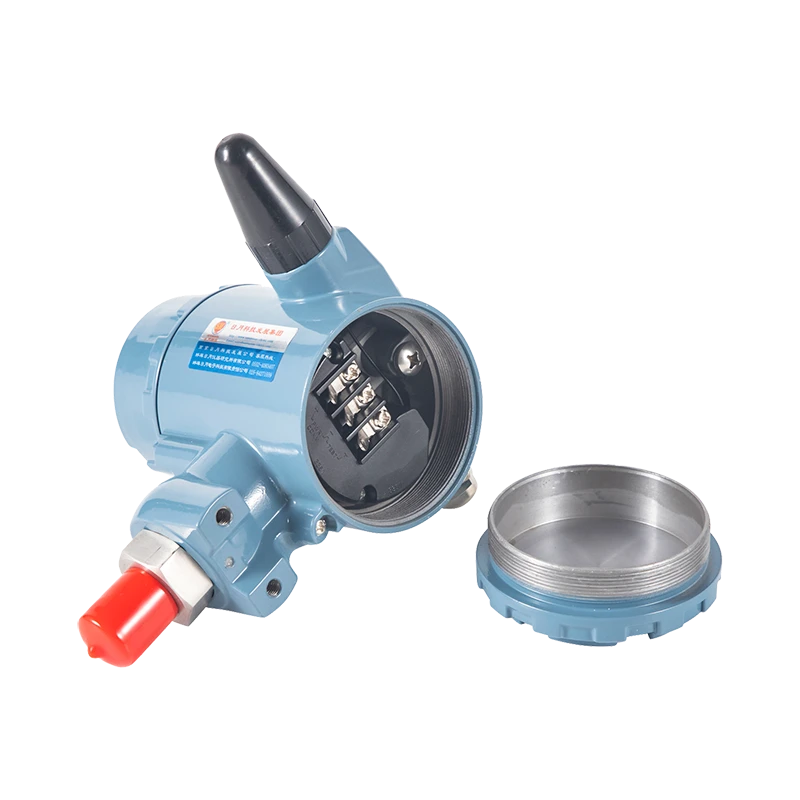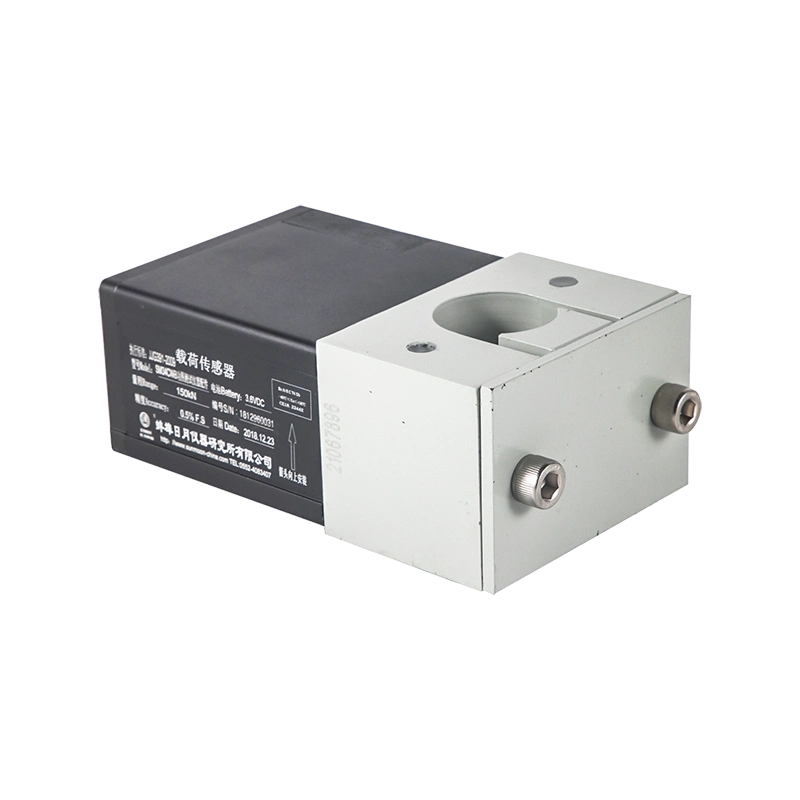Wired Digital Temperature Transmitter: The “Smart Brain” of Industrial Temperature Sensing
Release time: 2025-10-14
Table of Contents
What is Wired Digital Temperature Transmitter
The Wired Digital Temperature Transmitter is a crucial device in modern industrial automation. It is more than just a simple signal converter; it is an Intelligent Instrument (Smart Transmitter) that integrates high-precision measurement, signal processing, and smart communication features. It has revolutionized traditional temperature measurement by providing unprecedented accuracy, reliability, and diagnostic capabilities.
In-Depth Principle of Operation
The wired digital temperature transmitter acts as a bridge, converting the weak analog signal from a temperature sensor (like a Thermocouple, T/C, or Resistance Temperature Detector, RTD) into a standardized digital signal for long-distance transmission to a control system. Its core internal process involves several steps:
High-Precision Acquisition and Conditioning:
- The transmitter receives the sensor signal, performing amplification and filtering to eliminate electromagnetic interference (EMI/RFI) from the field.
- RTD Input: It uses a constant current source to excite the RTD and employs advanced 3-wire/4-wire measurement techniques to eliminate or compensate for errors caused by lead wire resistance variations.
- Thermocouple (T/C) Input: The transmitter has a built-in high-accuracy Cold Junction Compensation (CJC) circuit to continuously measure and correct for measurement errors caused by changes in the thermocouple’s reference junction (cold junction) temperature.
Digitalization and Linearization:
- A high-quality Analog-to-Digital Converter (ADC) converts the conditioned analog signal into a high-resolution digital value.
- The microprocessor executes complex mathematical algorithms to perform non-linear correction (Linearization) on the sensor’s non-linear response (e.g., the S-type curve of a thermocouple or the non-linear resistance change of an RTD). This ensures the final digital output is perfectly linear with the actual temperature.
Smart Communication Output:
- The linearized temperature value and diagnostic information are encoded into a digital protocol signal and transmitted over the wires.
Three Core Advantages of Smart Transmitters
Wired digital transmitters are so named due to their value-added capabilities:
Superior Accuracy and Stability
- High Accuracy across the Range: Digital processing and advanced compensation technologies allow the transmitter to maintain extremely high accuracy across the entire temperature range (e.g., up to ±0.1∘C).
- High Noise Immunity: By converting the signal to a digital format or a high-current (4–20 mA) signal right at the sensor location, it significantly boosts the signal’s resistance to electromagnetic interference, ensuring signal integrity over long-distance transmission.
Advanced Diagnostics and Status Monitoring
This is one of the most valuable functions of a digital transmitter, as it monitors system health in addition to temperature:
- Sensor Drift Detection: Continuously monitors for degradation or drift in the sensor’s performance over time.
- Wiring Fault Monitoring: Can immediately detect and report sensor break, short circuits, corrosion, or ground loop issues.
- Process Data Storage (HistoROM): Some high-end transmitters offer data storage capabilities, recording key events and Min/Max temperature values, which aids in troubleshooting and predictive maintenance.
Flexible Digital Communication Protocols
Digital transmitters support modern industrial bus protocols, enabling true bi-directional communication:
| Protocol Name | Transmission Method | Key Features | Application Field |
| HART | Superimposed on the 4–20 mA analog signal | Highly Compatible; allows digital configuration and communication without disrupting analog control. The most common hybrid protocol. | Most traditional and modern industrial settings. |
| FOUNDATION Fieldbus | Pure digital signal | A true all-digital bus that supports distributed control functions, allowing multiple devices to share the same wire pair. | Complex, advanced process industries (e.g., Chemical, Petrochemical). |
| PROFIBUS PA | Pure digital signal | A derivative of the industrial Ethernet protocol (PROFINET) for process automation, also supports pure digital communication. | European and global process industries. |
These protocols allow engineers to remotely configure, calibrate, and diagnose the transmitter using a Handheld Communicator (HART Communicator) or the control system, eliminating the need for a trip to the field.
About Sunmoon Wired Digital Temperature Transmitter
The SM39TCRD wired temperature sensor features a stainless steel probe and an aluminum explosion-proof junction box. It is widely used in thermal, power, food, pharmaceutical, pressure vessel, petrochemical industries, as well as large equipment such as ovens, plastic machines, fiber machines, and refrigeration units. Equipped with imported Pt100 elements, it offers fast response, customizable temperature range, complies with explosion-proof standards, has an IP67 protection rating, and supports RS485 and 4-20mA output signals, ensuring stable operation in harsh environments.

Key Advantages:
1.Fast Response: Equipped with imported Pt100 elements for quick response and high accuracy.
2.Explosion-proof Design: Complies with GB 3836.1-2000, GB 3836.2-2000, and GB 3836.4-2000 explosion-proof standards, ensuring safety and reliability.
3.Wide Temperature Range: From -200°C to 600°C, with a customizable range of 0–200°C.
4.High Protection Rating: IP67 design, suitable for harsh environments.
5.Output Signals: Supports RS485 and 4–20mA output signals, flexible installation, compatible with various systems.
6.High Temperature and Pressure Resistance: Can withstand working temperatures up to +65°C, with excellent thermal and pressure resistance.
7.Easy Installation: Requires pre-installed 1/4″ threaded temperature wells or fittings, allowing for quick wiring.


 />
/> />
/>